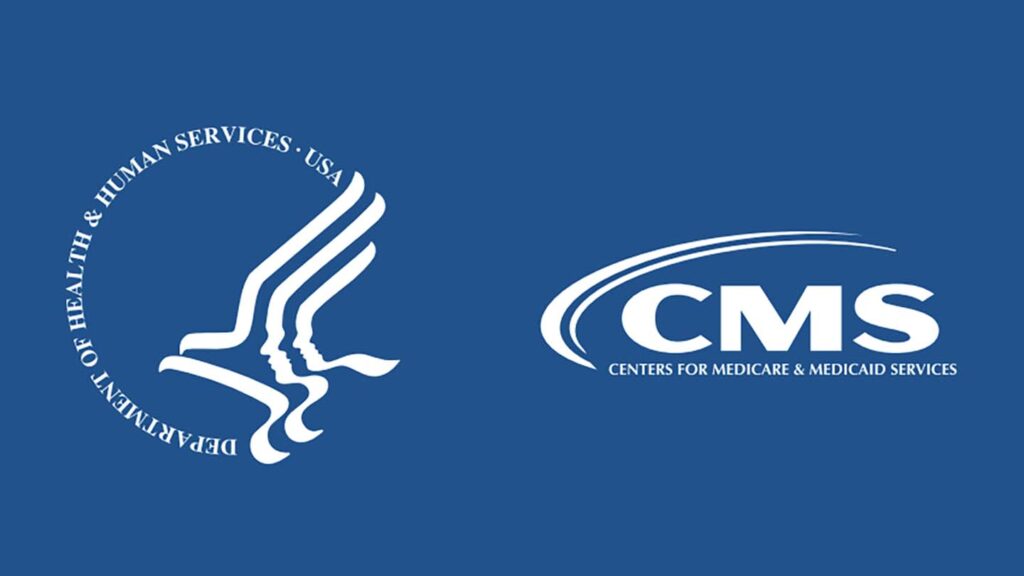A significant reduction in the federal workforce, impacting numerous agencies including the Department of Health and Human Services (HHS), is raising concerns within the nursing home industry. The layoffs, initiated by the Elon Musk-backed Department of Government Efficiency, are part of the Trump administration’s effort to downsize the government.
While the exact number of HHS employees affected remains unclear, reports indicate thousands of layoffs, including 1,300 from the Centers for Disease Control and Prevention (CDC), according to Stat. The National Institutes of Health (NIH), a key research institution focusing on diseases prevalent in long-term care settings like Alzheimer’s and cancer, is also believed to be impacted. The scale of the reduction at the Centers for Medicare & Medicaid Services (CMS), responsible for critical aspects of nursing home oversight and funding, is still unknown.
“These workforce reductions create uncertainty and potential disruptions across the healthcare landscape,” said an industry insider who wished to remain anonymous. “Agencies like CMS and NIH play vital roles in ensuring quality care and advancing research that benefits nursing home residents. A diminished workforce could strain their ability to fulfill these critical functions.”
This isn’t the first time CMS has faced operational challenges. In July 2023, the agency implemented a partial hiring freeze due to a fiscal standoff, leading to furloughs and impacting essential processes like nursing home surveys, according to Georgetown University’s McCourt School of Public Policy. CMS Deputy Administrator Jon Blum warned at the time that a prolonged freeze could prevent states from completing required nursing home surveys. This recent round of layoffs adds another layer of complexity to the agency’s ability to function effectively.
The broader impact on the healthcare sector is also a concern. The reduction in federal employees across various agencies, including the Departments of Education, Veterans Affairs, and Energy, as reported by Reuters, suggests a government-wide shift in workforce strategy. The long-term effects on healthcare regulation, research, and service delivery remain to be seen. Federal employees impacted by the layoffs are reportedly receiving one month’s paid leave, according to Stat.


